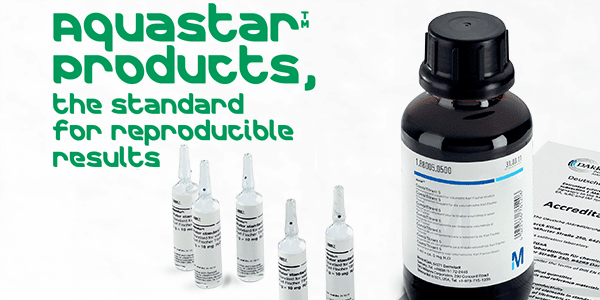Peptide identification and sequencing strategies by mass spectrometry have been very well-developed during the last 25 years after the soft ionization techniques have been introduced. When sequencing peptides with tandem mass spectrometry (MSn), peptides are cleaved at various locations off their backbones to generate fragment ions of different masses based on the ir amino acid sequences. The most common product ions are the b-, y-, and a-ions generated from the cleavage of amide bond (CO - NH) and the subsequent loss of CO from the b-ions to form a-ions . The resulting MSn spectra can be matched with a database or computed with an algorithm to get the original sequence of known or unknown peptides.
Here we present an example of peptide sequencing with BaySpec’s highly-portable (22 kg) and battery operated ContinuityTM-series portable mass spectrometer. It features a linear ion trap with collisionally induced dissociation (CID) for MSn analysis, similar to the PortabilityTM series mass spectrometers. In addition, ContinuityTM is equipped with a continuous atmospheric pressure sampling inlet with differential pumping, allowing the detection of a larger mass range (110 – 950 amu). BaySpec’s ContinuityTM mass spectrometer is ideal for on-site peptide sequencing.






